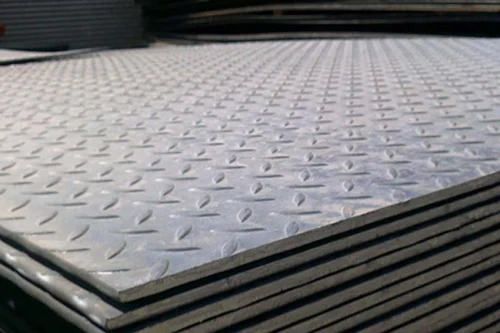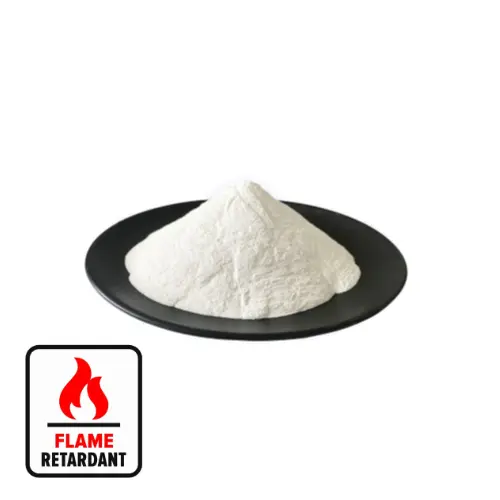Glass fiber reinforced polyester, also known as polyester FRP, is composed of an unsaturated polyester resin and glass fiber as one of its main components. It is widely used in industry, construction, transportation, mining and other fields because of its easy processing, light weight, high strength, corrosion resistance, good electric heating function and low cost. However, FRP made of polyester resin is flammable, and 20% is the combustion oxygen index (LOI) of unsaturated resin, so it is necessary to enhance the flame retardant function of FRP in practical application.

In the past, halogen-containing organic flame retardants were the most widely used method, but they would release a lot of black smoke and toxic gases when burned, and their use has been gradually restricted. In recent years, out of consideration for fire prevention and the safety of life and property, people have increasingly urgent needs for polyester FRP with halogen-free, smoke-suppressing and flame-retardant functions. Therefore, a new inorganic flame retardant, magnesium hydroxide, has been increasingly widely used.

In the past, aluminum hydroxide was the most widely used inorganic flame retardant in flame-retardant FRP, which has many advantages such as heat resistance, non-toxicity, flame retardancy, and smoke suppression. However, the disadvantage of ATH flame retardant is that the heat resistance temperature is low. The heating temperature range of 205℃ is stable, and once it exceeds 220℃, it will decompose. Therefore, when using this type of polyester FRP, pay attention to the temperature limit of 205℃, and the application range is subject to certain restrictions.
Compared with aluminum hydroxide, the flame retardant and smoke suppression mechanism of active magnesium hydroxide is very similar to that of aluminum hydroxide, but active magnesium hydroxide has many outstanding advantages that aluminum hydroxide does not have.
First, the decomposition temperature of magnesium hydroxide is relatively high. It starts to decompose into H2O and MgO when heated to 340℃. It not only has good flame retardant effect, but also can meet the market demand for flame-retardant FRP with higher temperature resistance.
Secondly, the active MgO generated by the decomposition of magnesium hydroxide can easily absorb free radicals and carbon, thereby delaying the ignition time of the material. Its catalytic oxidation function can reduce the generation and escape rate of smoke.
In addition, the smoke suppression ability of magnesium hydroxide is twice that of aluminum hydroxide, which can better prevent environmental pollution during incineration. In addition, the processing flow of magnesium hydroxide is short and the production cost is low. The market price is only half of that of aluminum hydroxide, but the flame retardant effect is equivalent to adding the same amount of aluminum hydroxide.
In addition, magnesium hydroxide modified by coupling agent can increase its addition amount in polyester fiberglass, which helps to improve the oxygen index value and further reduce costs. And it is also feasible to use magnesium hydroxide alone as a flame retardant for polyester fiberglass.

